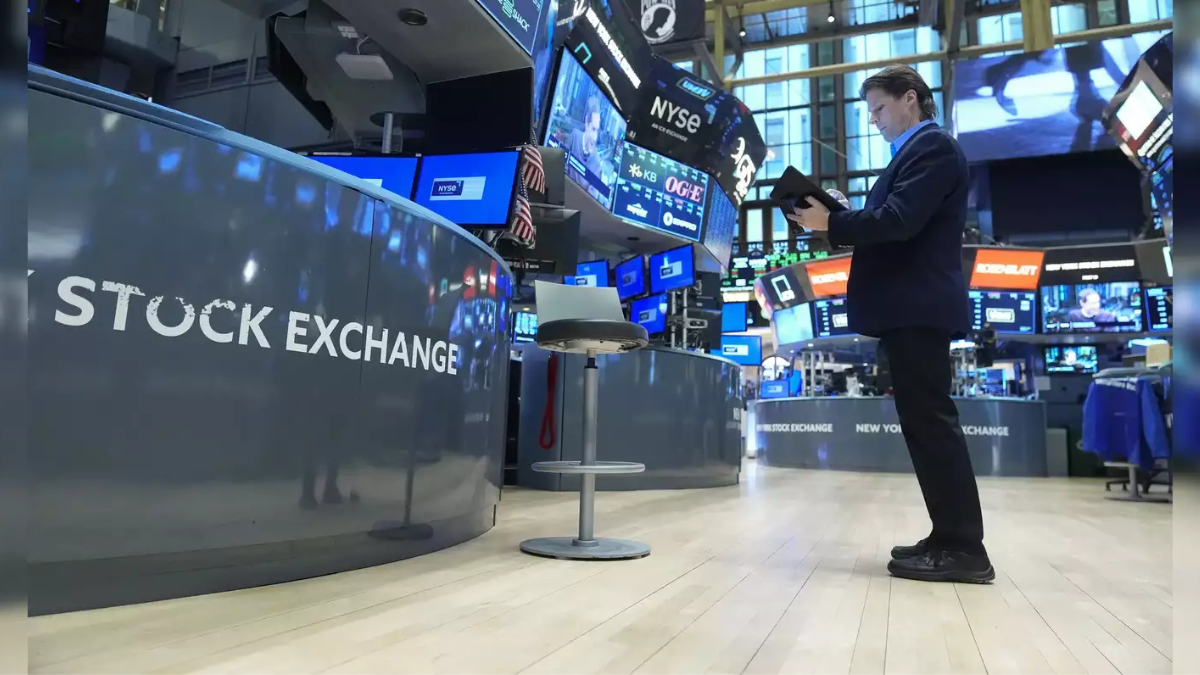Wall Street is bracing for a rocky start on Wednesday, as investors prepare for the unveiling of U.S. President Donald Trump’s proposed tariffs. These tariffs could significantly impact the global economy, corporate profitability, and inflation levels. With market volatility on the rise, traders are gravitating toward safer investments, raising concerns about the broader implications of escalating trade tensions.
Investor Sentiment and Market Dynamics
Recent days have seen a surge in stock market volatility, as uncertainty regarding the potential economic fallout from trade disputes takes center stage. Traders are particularly anxious about Trump’s upcoming “Liberation Day” tariff announcement, which is set to take place during a White House Rose Garden ceremony at 4 p.m. ET.
- The anxiety over tariffs is influencing investor behavior, pushing many to reduce their exposure to U.S. equities.
- Chris Beauchamp, Chief Market Analyst at IG Group, commented, “The ambiguity surrounding the tariff specifics is significantly impacting investor confidence. Should the announced measures be less drastic than anticipated, we might witness a market rebound.”
Futures Point to Lower Openings
As of 8:23 a.m. ET, futures for major U.S. stock indices showed a decline:
- S&P 500 e-minis dropped by 52.5 points (-0.93%)
- Nasdaq 100 e-minis fell 222.25 points (-1.13%)
- Dow e-minis decreased by 302 points (-0.71%)
- Russell 2000 futures, which represent smaller companies, experienced a 1.3% decline
Tech stocks, particularly sensitive to recent market shifts, continued to struggle in premarket trading. Nvidia fell by 2%, Microsoft lost 1.8%, and Tesla saw a dip of 2.7% ahead of its first-quarter delivery report, bringing its year-to-date losses to a staggering 33.5%.
Market Correction Confirmed
The U.S. stock market has faced considerable selling pressure this year, with both the S&P 500 and Nasdaq now down 10% from their record peaks last month, officially marking a market correction. The S&P 500 recorded a 4.6% decline during the first quarter, its worst quarterly performance since July 2022.
Economic Indicators and Fed’s Stance
While the recent U.S. private payrolls report indicated a boost in job growth for March, traders are closely monitoring the forthcoming factory orders data and the important non-farm payrolls report expected later this week. Fed Chair Jerome Powell’s address on Friday is anticipated to provide insights into potential interest rate adjustments.
Currently, traders are factoring in the possibility of three rate cuts by the Federal Reserve this year. However, the threat of inflation driven by tariffs adds a layer of complexity to the economic outlook, making upcoming data releases even more critical for market trends.
As uncertainties surrounding trade policies loom and economic indicators present mixed signals, Wall Street investors are remaining cautious, eagerly awaiting further details on the administration’s tariff strategy.
For more updates on the economic landscape, check out additional resources on market trends and investment strategies.











